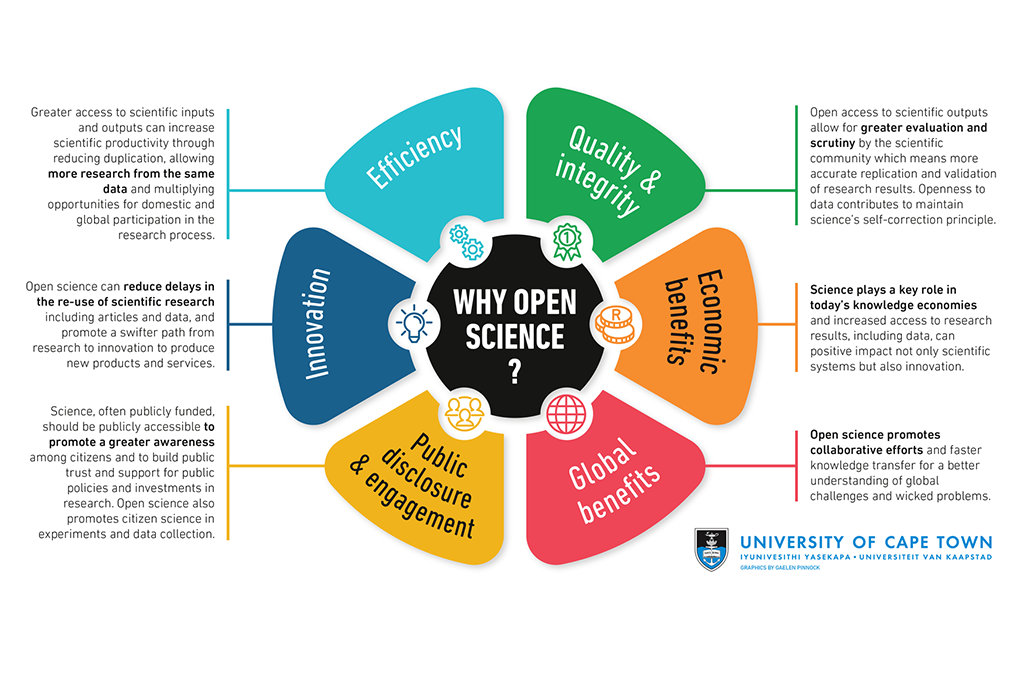Article by Virginia Barbour and Martin Borchert: “In the few months since the first case of COVID-19 was identified, the underlying cause has been isolated, its symptoms agreed on, its genome sequenced, diagnostic tests developed, and potential treatments and vaccines are on the horizon. The astonishingly short time frame of these discoveries has only happened through a global open science effort.
The principles and practices underpinning open science are what underpin good research—research that is reliable, reproducible, and has the broadest impact possible. It specifically requires the application of principles and practices that make research FAIR (Findable, Accessible, Interoperable, Reusable); researchers are making their data and preliminary publications openly accessible, and then publishers are making the peer-reviewed research immediately and freely available to all. The rapid dissemination of research—through preprints in particular as well as journal articles—stands in contrast to what happened in the 2003 SARS outbreak when the majority of research on the disease was published well after the outbreak had ended.
Many outside observers might reasonably assume, given the digital world we all now inhabit, that science usually works like this. Yet this is very far from the norm for most research. Science is not something that just happens in response to emergencies or specific events—it is an ongoing, largely publicly funded, national and international enterprise….
Sharing of the underlying data that journal articles are based on is not yet a universal requirement for publication, nor are researchers usually recognised for data sharing.

There are many benefits associated with an open science model. Image adapted from: Gaelen Pinnock/UCT; CC-BY-SA 4.0 .
Once published, even access to research is not seamless. The majority of academic journals still require a subscription to access. Subscriptions are expensive; Australian universities alone currently spend more than $300 million per year on subscriptions to academic journals. Access to academic journals also varies between universities with varying library budgets. The main markets for subscriptions to the commercial journal literature are higher education and health, with some access to government and commercial….(More)”.